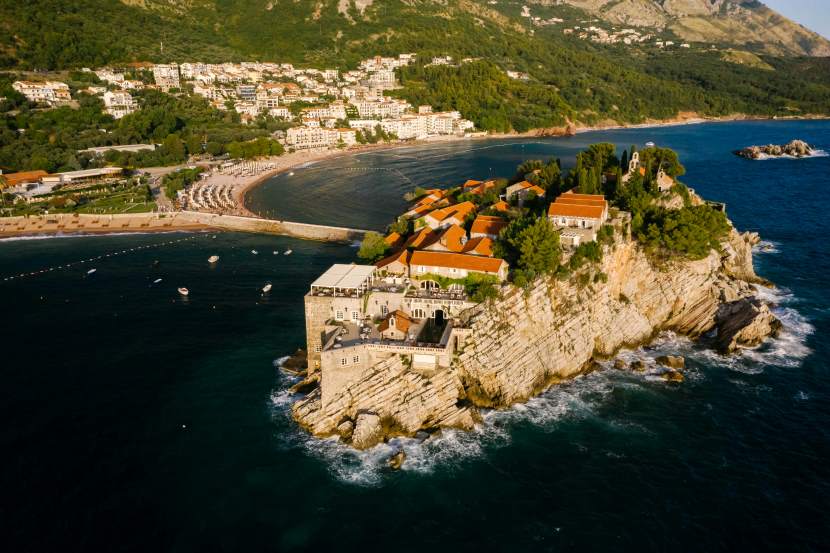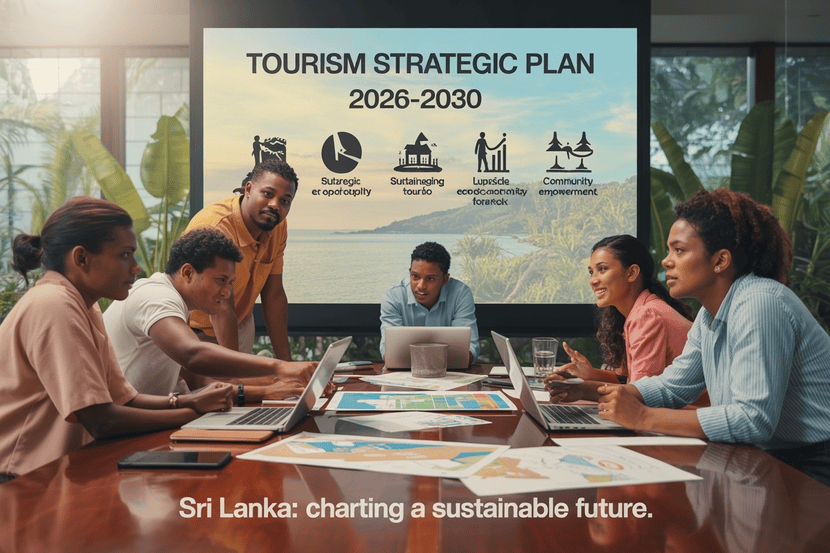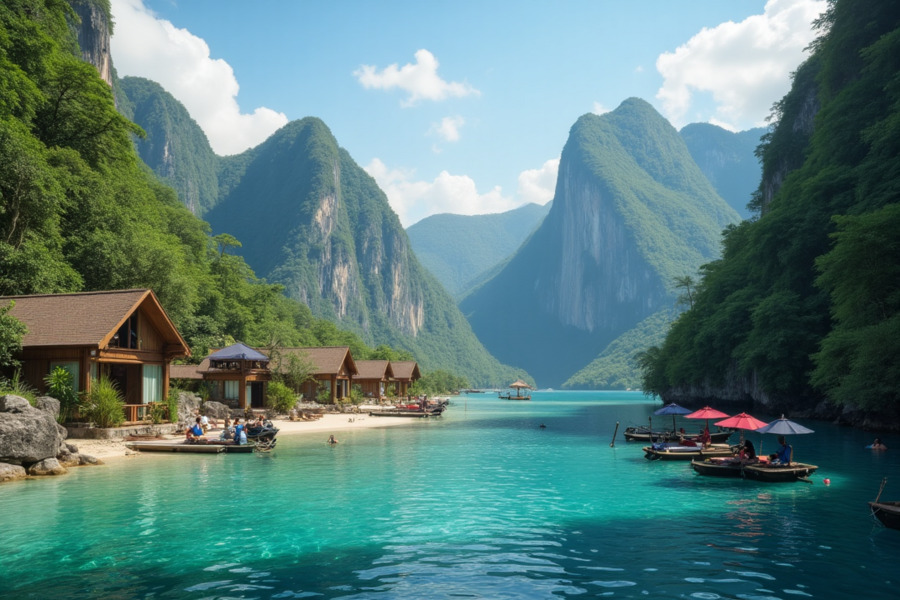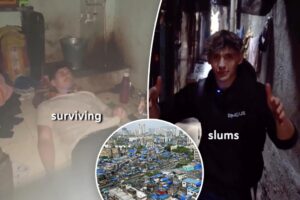≡-Montenegro Strengthens Sustainable Tourism Through Infrastructure Development And Cultural Heritage Preservation – Viral of Today
<> Viral of Today <>
Published on
August 27, 2025Nestled along the stunning Adriatic coast, Montenegro has long been recognized for its picturesque beaches and historic towns, attracting thousands of visitors each year. With its beautiful landscapes, charming coastal towns, and rich cultural heritage, the country continues to be a popular destination for both sea and air travellers. In particular, the Bay of Kotor, a UNESCO World Heritage site, is often bustling with up to five cruise ships docked at the same time during the peak summer season, reflecting Montenegro’s appeal as a sought-after tourist hotspot.However, despite the undeniable success of the tourism sector, the nation is facing increasing pressure to diversify its economy, which remains heavily reliant on the seasonal “sun, sand, and sea” tourism model. To maintain long-term growth, Montenegro is working on infrastructure upgrades and implementing strategies to extend its tourism season and ensure a more resilient economy. This shift is being supported by both international partners and local businesses, aiming to create a sustainable and diverse tourism model.Challenges Faced by Montenegro’s Tourism SectorWhile tourism plays a vital role in Montenegro’s economy, contributing significantly to employment and GDP, the industry is experiencing challenges that need to be addressed. One of the primary concerns is the reliance on seasonal tourism, which can make the economy vulnerable to fluctuations in visitor numbers, often peaking in the summer months. Cruise tourism, while lucrative, further amplifies this seasonal dependency, as the number of ships visiting the country can dramatically drop outside of peak months.In response to these challenges, Montenegro is focusing on strengthening its infrastructure and promoting sustainable practices across various sectors. This involves improving transportation networks and supporting businesses that help protect and showcase the country’s cultural heritage. With the assistance of international donors, Montenegro is working towards diversifying its tourism offerings beyond its famous beaches and historic towns, encouraging year-round visits to lesser-known areas.Key Infrastructure Projects Supported by the EBRDTo address these challenges, the European Bank for Reconstruction and Development (EBRD) has partnered with donors such as the European Union and Austria to assist Montenegro in developing crucial transport infrastructure. These projects are designed to enhance connectivity across the country, particularly by improving the water supply network and other essential services. Such improvements are seen as critical for enhancing the tourism experience and unlocking Montenegro’s potential in other sectors, which could help stabilize its economy in the long term.Among the key infrastructural developments being implemented are upgrades to airports, ports, and roads, with the aim of ensuring smoother and more efficient travel for both domestic and international tourists. Enhanced infrastructure is expected to improve the quality of services for visitors while also contributing to the overall sustainability of the tourism sector.The Role of Cultural Heritage in Sustainable TourismWhile infrastructure development is crucial, the preservation of Montenegro’s cultural heritage plays an equally important role in sustaining the country’s tourism sector. In recent years, there has been a growing recognition that cultural tourism can complement traditional beach tourism and help diversify the industry.The EBRD, with support from Sweden, has been working with small and medium-sized enterprises (SMEs) led by women, focusing on businesses that are committed to safeguarding Montenegro’s rich cultural heritage. These SMEs are not only helping to preserve historical sites and traditions, but they are also creating new opportunities for tourism experiences that cater to a more diverse audience.One such initiative has been the EBRD’s Women in Business programme, which has provided financial support and advice to several organisations, including Expeditio. Based in the coastal town of Kotor, Expeditio is a non-governmental organization dedicated to the preservation of Montenegro’s cultural identity through sustainable urban planning and architecture. The organization works on various projects, including restoration efforts of neglected cultural sites, with a particular focus on involving local communities and students in the process.By restoring and preserving historical landmarks, these projects are not only contributing to the protection of Montenegro’s cultural assets but are also helping to create authentic travel experiences. Visitors can explore the country’s past through well-preserved sites, which adds a unique dimension to the travel experience, attracting tourists who are keen to immerse themselves in local history and culture.Sustainable Tourism Practices for a Resilient FutureThe EBRD’s efforts extend beyond infrastructure development to support businesses that focus on sustainable tourism practices. By promoting the protection of cultural heritage and encouraging responsible tourism, the bank aims to contribute to the long-term resilience of Montenegro’s tourism industry. These initiatives also serve to ensure that tourism growth does not come at the expense of environmental preservation and community well-being.The focus on sustainability is a key component in positioning Montenegro as a year-round destination. By attracting tourists beyond the peak summer months, the country can reduce its reliance on the seasonal tourist cycle and create more stable employment opportunities for local communities. Sustainable practices, such as the promotion of eco-tourism, are increasingly being integrated into tourism offerings, helping to mitigate the environmental impact of mass tourism.The Future of Montenegro’s Tourism SectorLooking ahead, Montenegro is poised to become a model of sustainable tourism in the Adriatic region. Through strategic investments in infrastructure, cultural heritage preservation, and sustainable tourism practices, the country is setting itself up for a more diverse and resilient economy. While the tourism sector remains central to Montenegro’s economic prosperity, the ongoing diversification efforts are expected to ensure that the country remains competitive, green, and integrated into global travel trends.By balancing the development of modern infrastructure with the protection of its cultural assets, Montenegro is creating a tourism sector that can withstand the pressures of seasonal fluctuations and rising visitor numbers. The collaboration between the EBRD, local businesses, and international donors plays a pivotal role in securing a sustainable future for the country’s tourism industry.As Montenegro continues to invest in its future, the goal is clear: to create a tourism experience that is not only attractive to visitors but also beneficial to local communities and the environment, ensuring that the country remains a top destination for years to come.
This information will surprise you!
See also
- Read until the end to discover everything.
- Important information you need to know.
- Interesting facts and helpful tips.
Conclusion
Did you enjoy the news? Keep following us daily!













